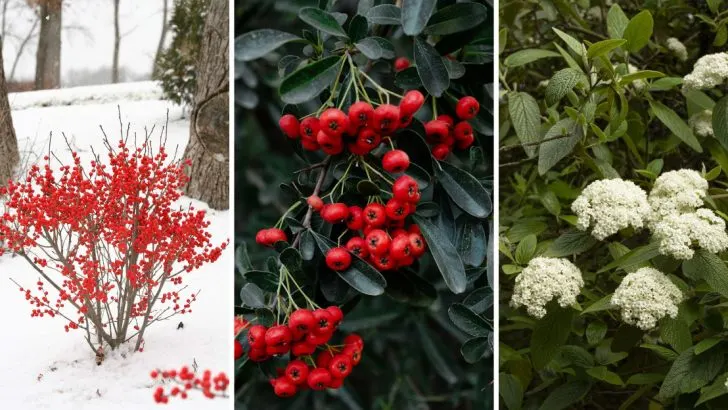Robins are a delightful sight in any garden, with their cheerful presence and sweet songs bringing life to outdoor spaces. If you want to attract these feathered friends while enhancing the beauty of your landscape, choosing the right shrubs is key.
The ideal plants provide food, shelter, and nesting opportunities, making your garden a haven for robins year-round.
In this guide, we’ll showcase 10 stunning shrubs that robins adore. These plants not only support local wildlife but also add vibrant color and texture to your garden, creating a space that’s as welcoming for birds as it is for you.
Holly
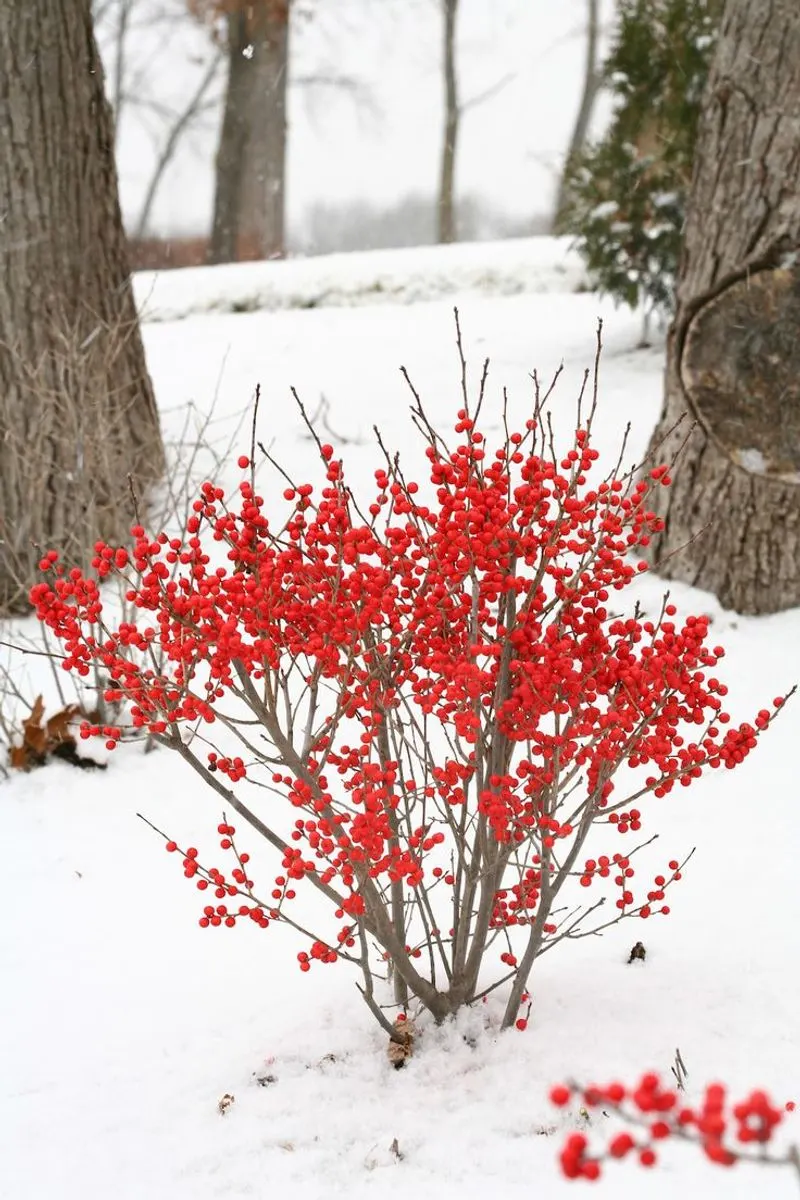
Known for its striking red berries and spiky green leaves, holly offers both beauty and sustenance. Robins are particularly fond of its berries during the colder months when other food sources are scarce. Planting holly near a window allows you to enjoy watching robins feast.
The evergreen foliage also provides excellent shelter, making it a perfect nesting site. With its classic holiday appeal, holly adds a touch of festive charm year-round. Choose a spot with well-drained soil and partial shade to see it thrive.
Elderberry
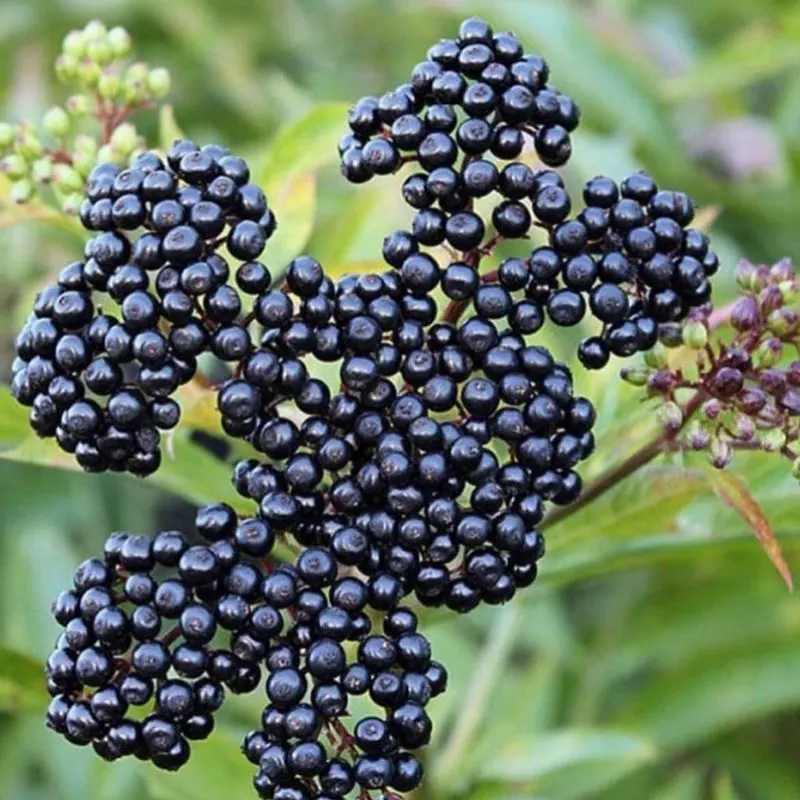
Elderberries are a favorite among robins due to the abundance of dark purple berries they produce. These fast-growing shrubs can reach impressive heights, offering ample food and cover. Their white flowers, which bloom in spring, later turn into juicy berries by late summer.
Elderberry shrubs thrive in moist, well-drained soil and full sun. Consider planting a couple to create a dense thicket, providing robins with a secure habitat. Besides attracting birds, elderberries can be used to make delightful jams and syrups.
Cotoneaster
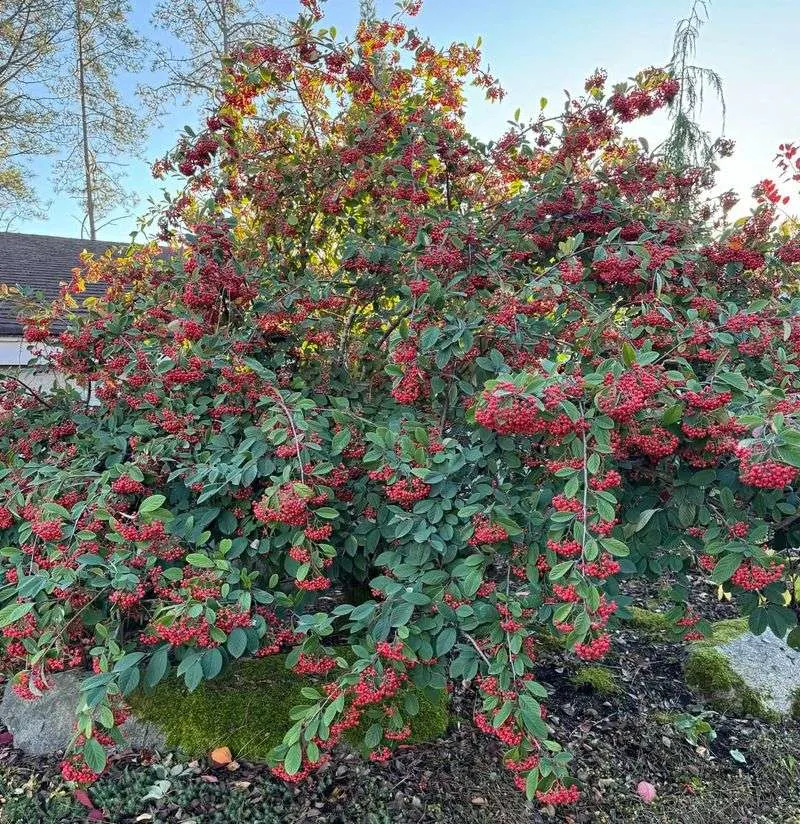
Cotoneaster is a versatile shrub that can be grown as a hedge or ground cover. Known for its tiny red berries, it attracts robins and other birds, especially in winter. The dense branches provide excellent protection and nesting spots.
This hardy shrub requires minimal maintenance, making it ideal for beginner gardeners. Plant cotoneaster in a sunny spot to enjoy its vibrant display of berries. Besides its bird-friendly qualities, cotoneaster enhances the garden’s visual appeal with its arching branches and evergreen leaves.
Pyracantha
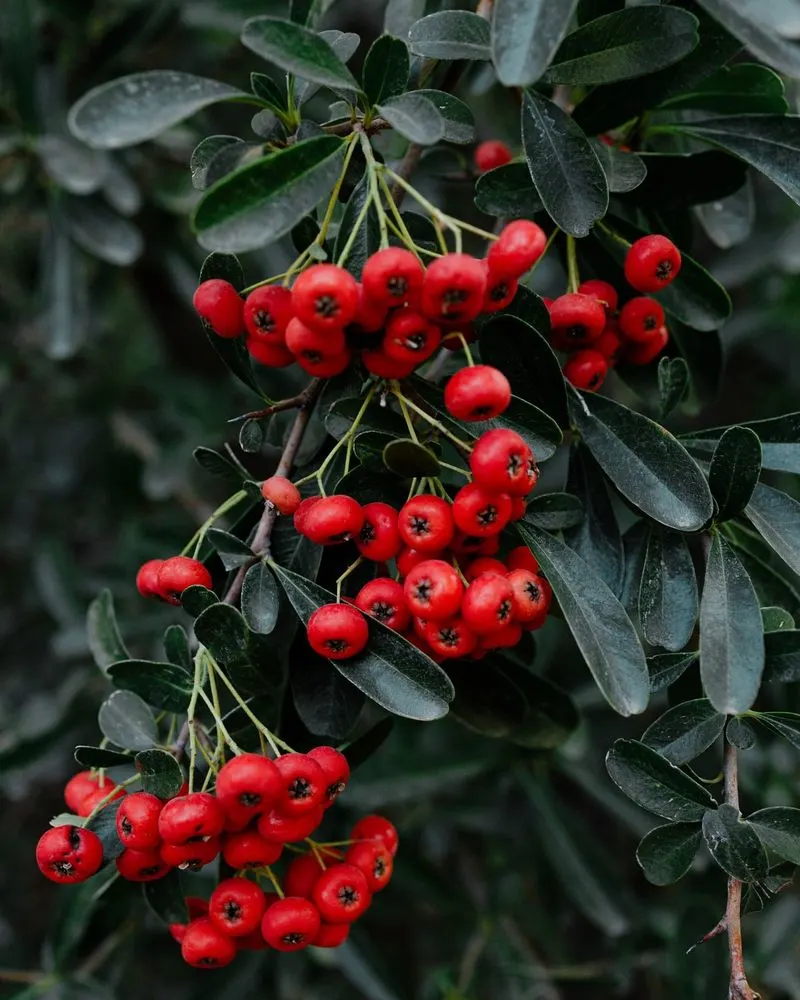
Pyracantha, commonly known as firethorn, is renowned for its fiery berries that illuminate the garden. Robins are particularly drawn to the clusters of berries that persist into winter. Its thorny branches provide excellent protection against predators, making it a safe haven for nesting.
Thriving in well-drained soil and full sun, pyracantha grows rapidly, forming dense hedges if desired. Besides attracting robins, it offers seasonal interest with its glossy, evergreen leaves. Regular pruning helps maintain its shape and encourages berry production.
Serviceberry
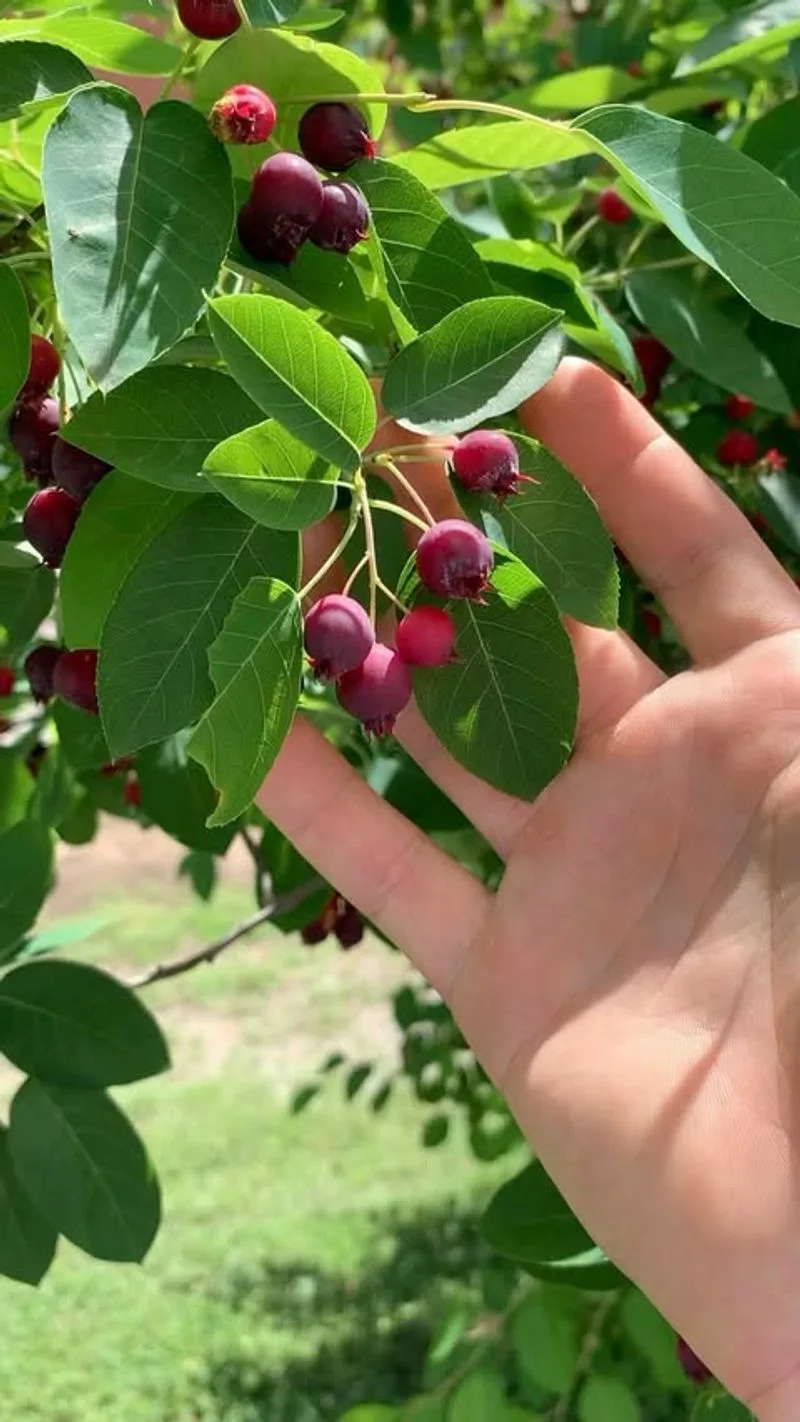
Serviceberry is a delightful addition to any garden, offering year-round interest with its seasonal changes. In spring, it boasts delicate white flowers, followed by red berries that robins find irresistible. As autumn approaches, its foliage turns vibrant shades of orange and red.
Ideal for small gardens, serviceberries thrive in well-drained soil and partial shade. Their small size makes them perfect for urban spaces while still providing ample food for birds. Consider planting near a patio to enjoy close-up views of visiting robins.
Viburnum
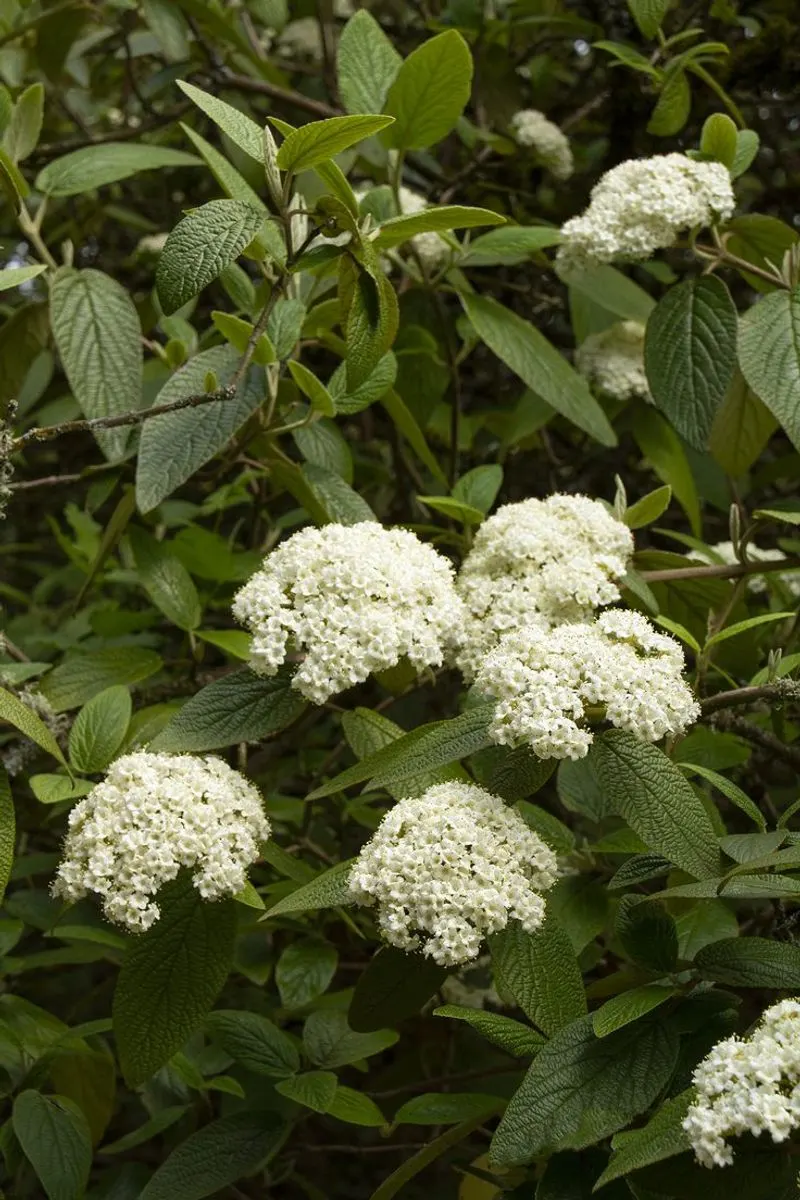
Viburnum offers a feast for the eyes and the local bird population. With its clusters of fragrant flowers that eventually give way to berries, it attracts robins and other wildlife. This versatile shrub can adapt to various soil types and light conditions, making it a reliable choice for any garden.
The berries, often blue-black, are a rich source of nutrition for robins, especially in fall. Viburnum’s dense foliage provides excellent shelter and nesting opportunities. Its beauty and hardiness make it a perennial favorite.
Winterberry
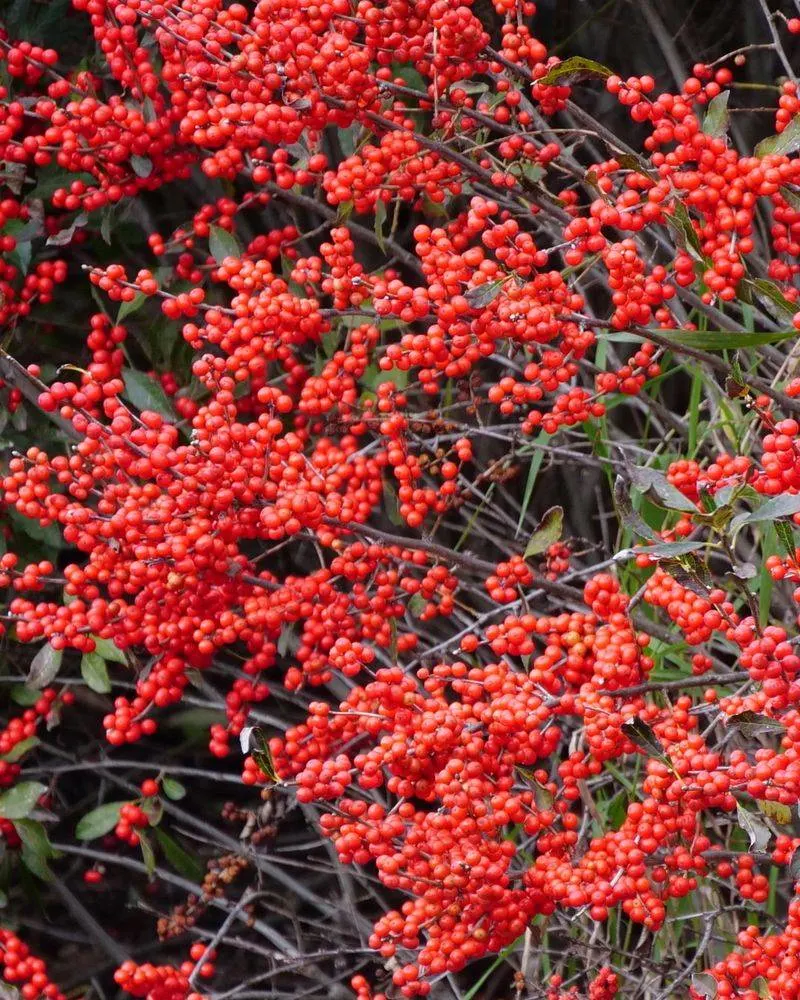
Winterberry stands out in the garden with its vibrant red berries clinging to bare branches. These berries provide essential sustenance for robins during winter. Unlike some evergreens, winterberry sheds its leaves, allowing the berries to shine against a snowy backdrop.
It thrives in moist, acidic soil and appreciates full sun to partial shade. Winterberry’s striking appearance makes it a standout feature in any winter landscape. Consider planting in groups for a more dramatic effect and to ensure a plentiful food source for hungry robins.
Crabapple
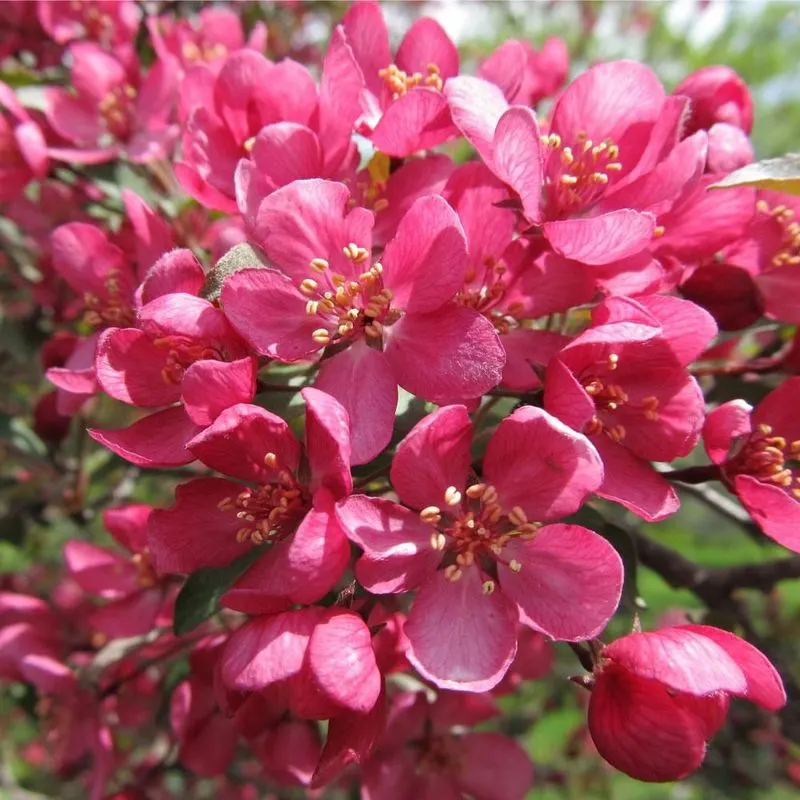
Crabapple trees offer a stunning display with their spring blooms and autumn fruits. Robins are particularly fond of the small, tangy fruits that persist into winter. The tree’s dense branches provide excellent shelter for nesting. Crabapples can tolerate a range of soil conditions and are generally low-maintenance.
Their vibrant spring flowers attract pollinators, while the fruits provide winter sustenance for birds. Planting a crabapple tree adds both ecological and aesthetic value to your garden. Regular pruning helps maintain their shape and encourages healthy fruit production.
Dogwood
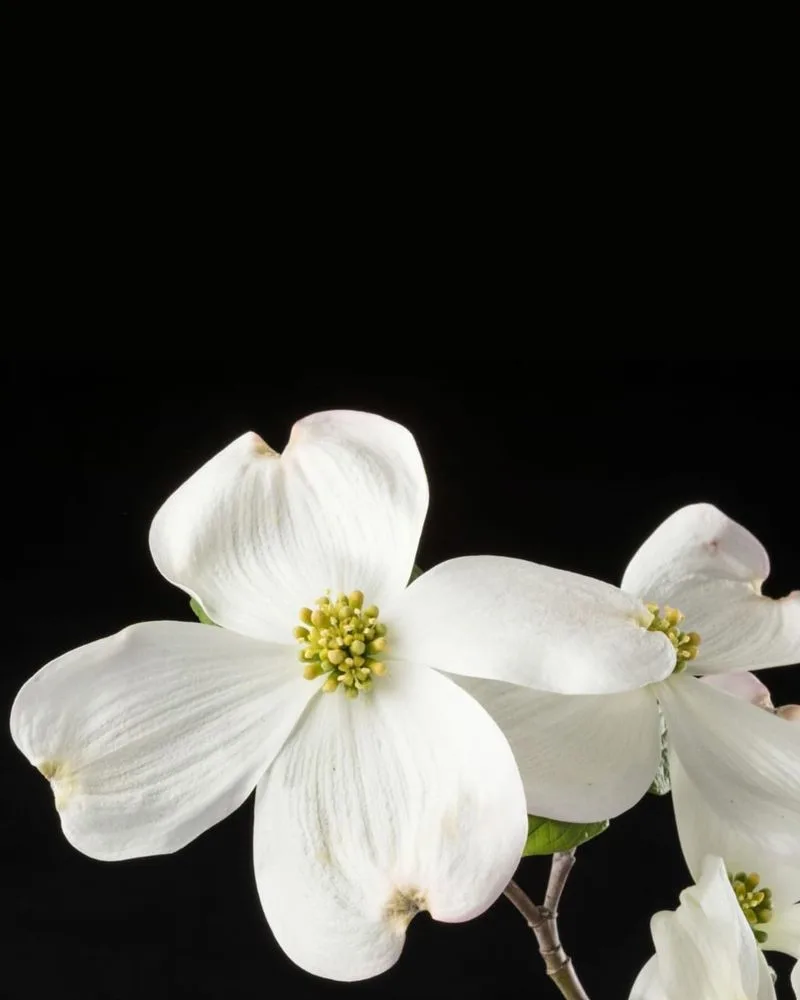
Dogwood shrubs are celebrated for their vibrant red twigs and stunning spring flowers. Robins are drawn to the berries that follow the floral display. These shrubs are versatile, thriving in a variety of soil types and sunlight conditions.
Dogwoods add seasonal interest with their colorful twigs visible throughout winter. The dense growth provides ideal shelter for robins and other small birds. Plant dogwoods to enjoy year-round beauty and the added benefit of attracting wildlife. With minimal maintenance, these shrubs offer robust growth and visual appeal.
Sumac
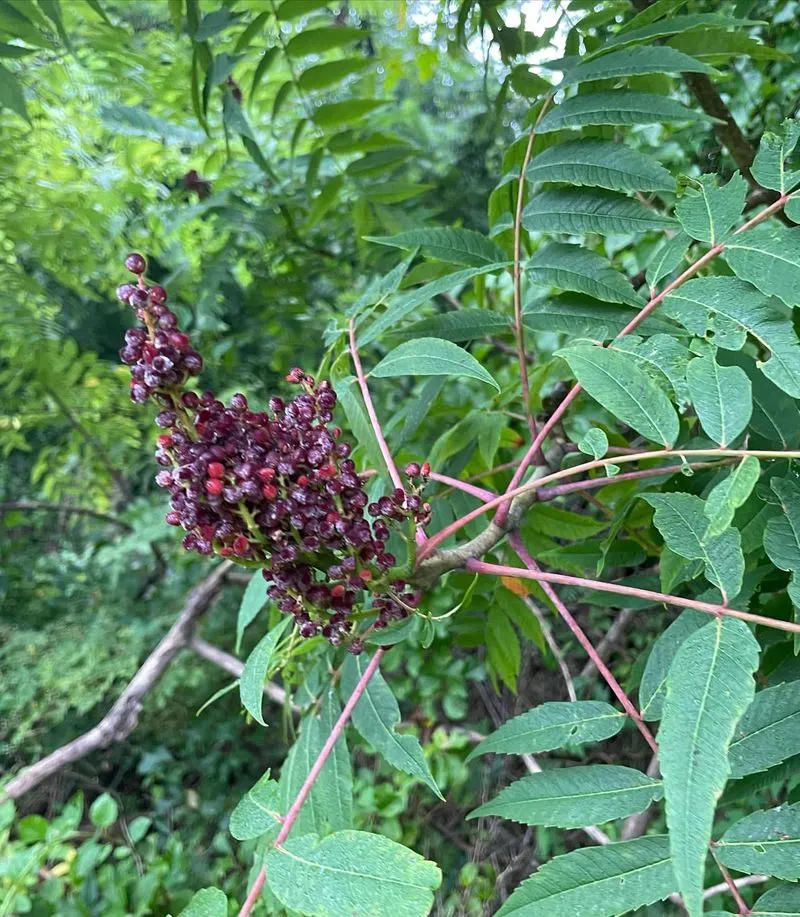
Sumac adds a burst of color to the garden with its fiery red foliage and berry clusters. Robins are attracted to its fruit, which remains available into late autumn. This shrub is highly adaptable, tolerating various soil conditions and drought.
Sumac’s vibrant leaves provide a stunning backdrop in any garden setting. Besides its bird-attracting qualities, it offers erosion control on slopes and embankments. Plant sumac where its expansive growth can be appreciated, and enjoy the robust wildlife presence it invites. Its low maintenance makes it a popular choice.

